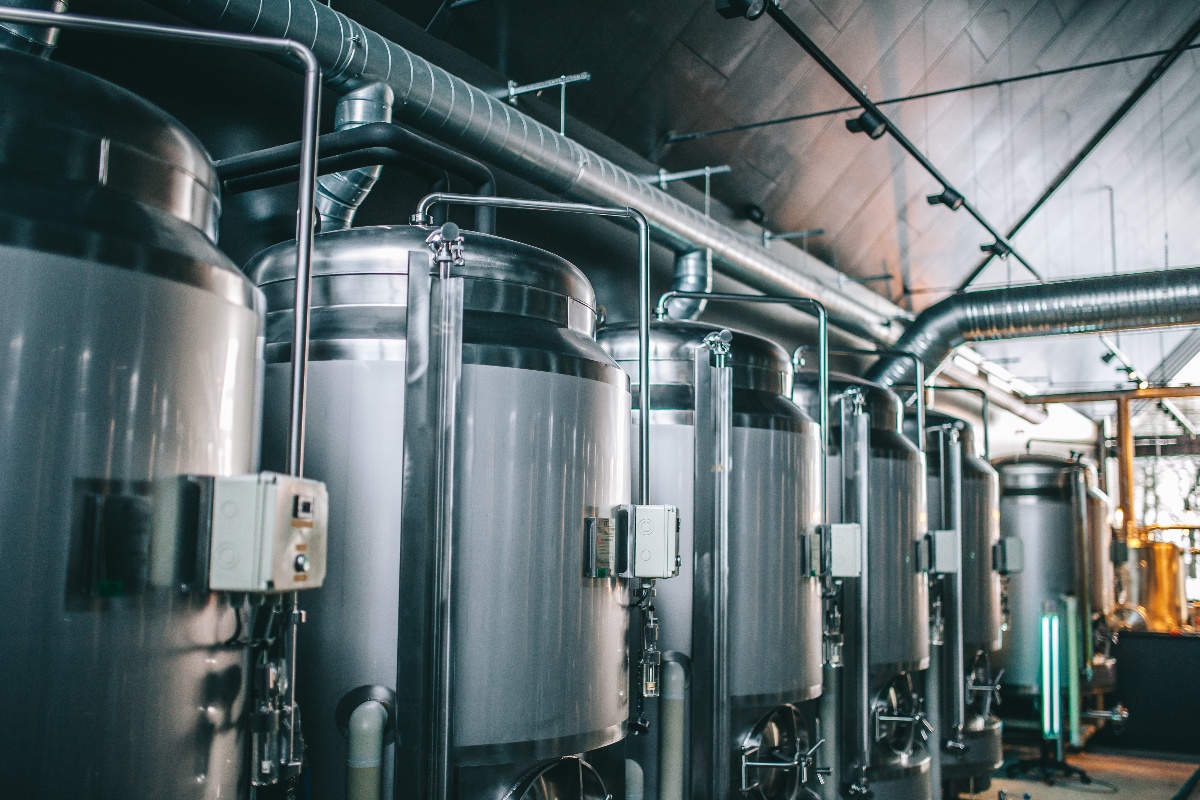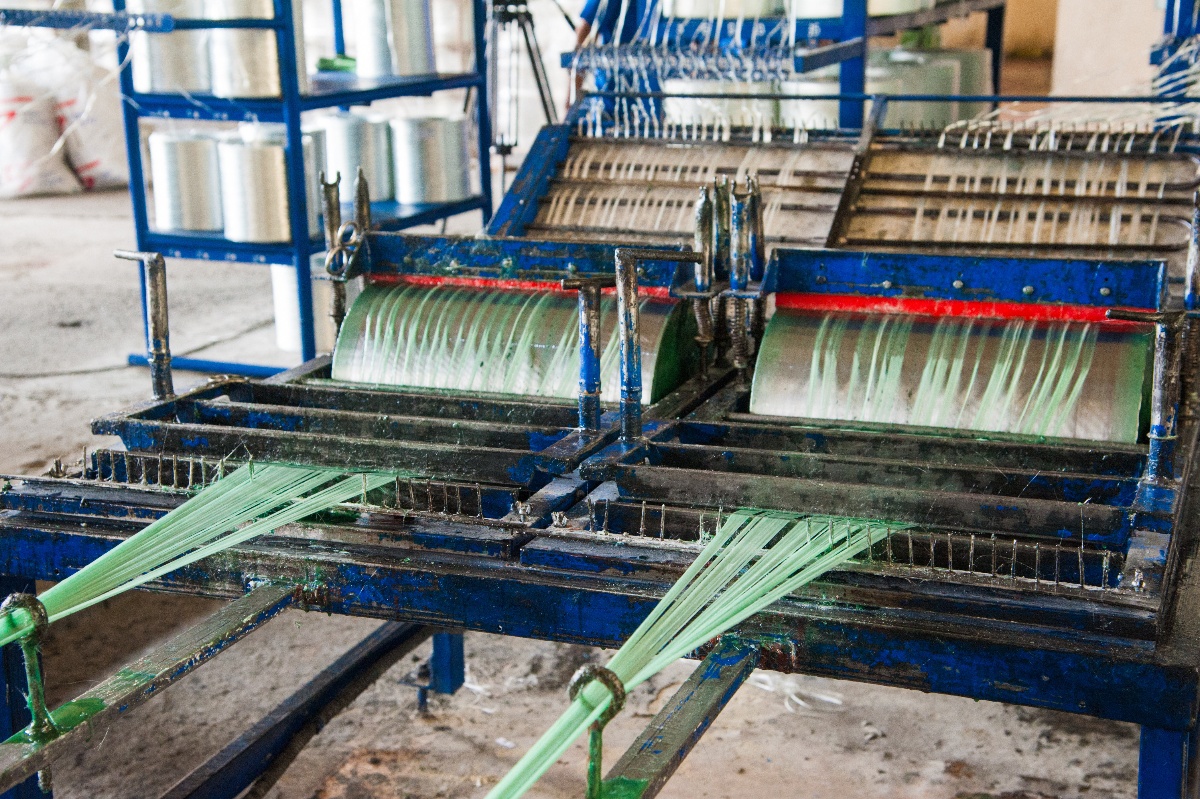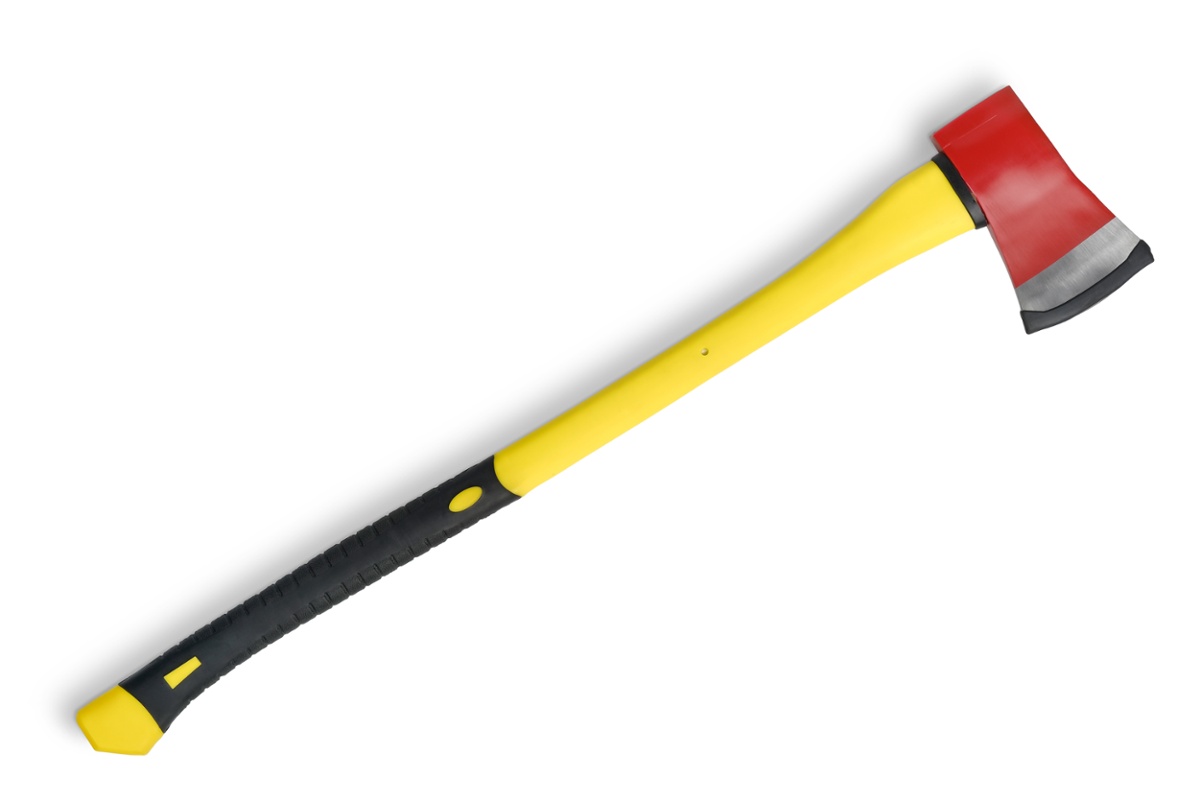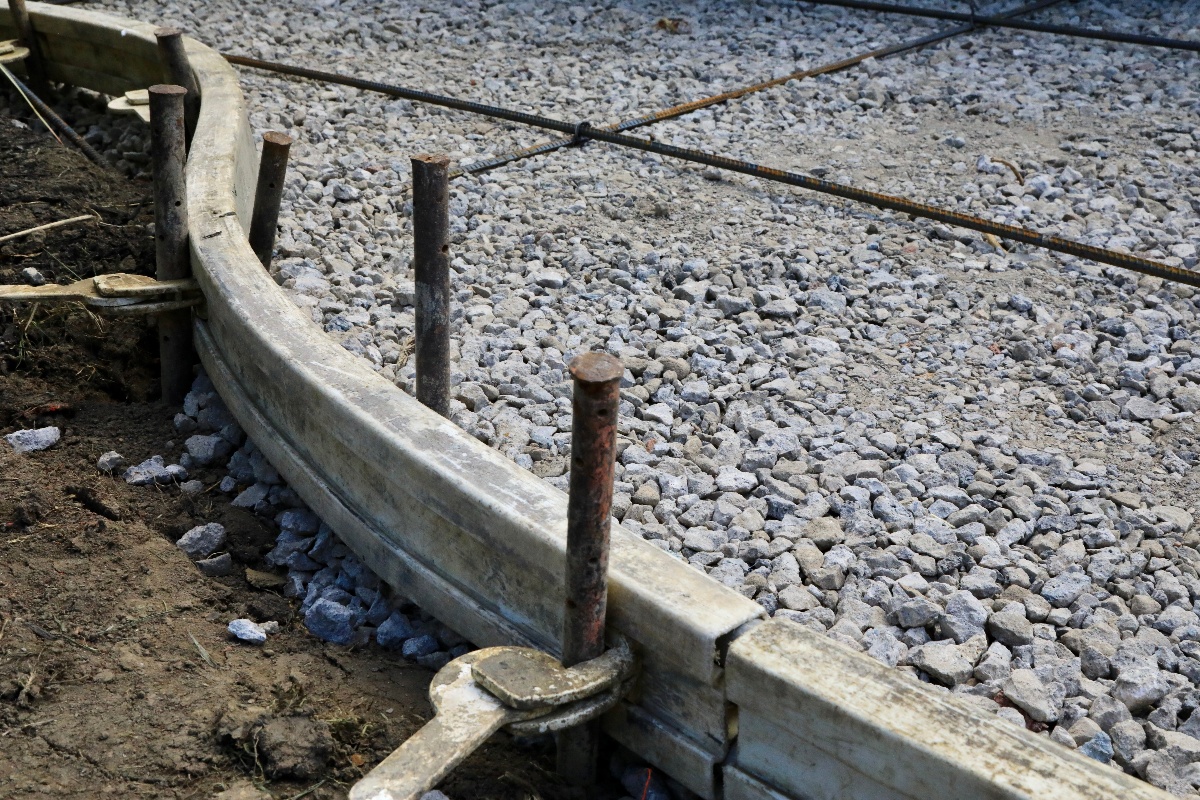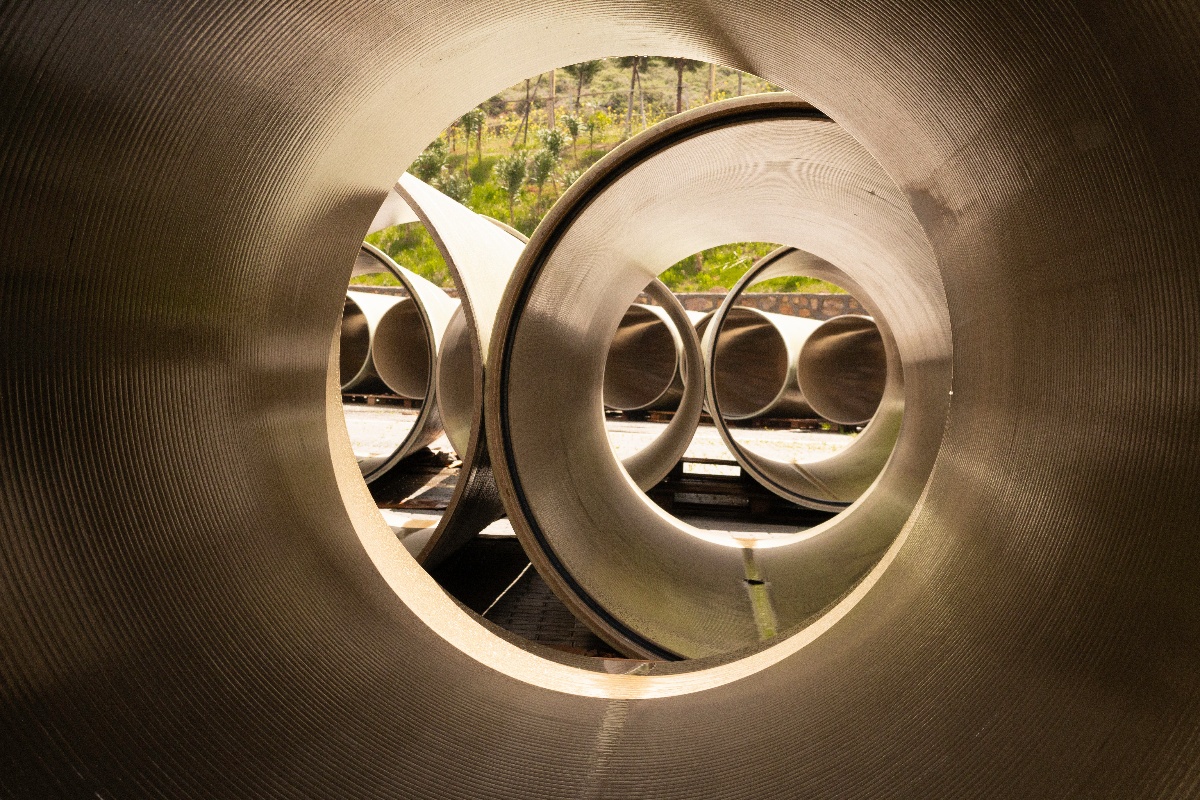
Fermentation tanks are critical components in bioprocessing facilities and industrial fermentation processes. The supports that hold these tanks in place play an equally vital role in maintaining structural integrity, safety, and process efficiency.
The design and material selection for fermentation tank supports warrants careful consideration, as suboptimal choices can undermine tank stability, enable contamination, impede cleaning, and even cause tank failure. Conversely, informed support selection with functionality, cost, and regulatory compliance in mind can maximize uptime, safeguard product quality, and reduce risks.
Supports must bear the load of extremely heavy tanks filled with culture media, withstand cleaning chemicals and thermal fluctuations, and resist corrosion in humid environments. At the same time, supports must meet budget constraints, provide adjustability, and enable access for inspection and maintenance. As facilities look to scale up production, the implications of support selection are further amplified.
This article will explore critical design criteria for fermentation tank supports across various configurations.
Types of Supports
Fermentation tanks rely on structural supports underneath or surrounding the vessel to bear loads, enable level positioning, and provide seismic restraint. The spectrum of support configurations spans from basic leg stands and rigid skirt plates to adjustable saddles conforming to unique tank geometry. Selection depends on tank size, material, facility infrastructure, and processing demands.
Leg Supports
Leg supports lift tanks off the ground and are best suited for smaller vessels up to 10,000 liters. Key advantages are mobility/repositioning capacity and ease of access for cleaning and maintenance. Limitations include instability with larger tanks, and less structural reinforcement compared to other support types.
Skirt Supports
Skirt supports feature vertical plates enveloping the tank bottom, providing a solid foundation, especially for larger vessels from 10,000 liters and beyond. Skirts reinforce tank walls, prevent bulging, and enable leveling. Design variations include simple flat skirts, ribbed skirts for added support, and adjustable skirts to accommodate tank expansion/contraction.
Saddle Supports
Saddle supports cradle portions of horizontal tanks and are ideal for non-cylindrical vessels. By distributing weight more evenly, they prevent point loads which could dent tank walls. Saddle designs must contour precisely to tank dimensions, making them less adjustable. While enabling tank integrity, saddles can hinder cleaning and inspection if not designed properly. Open channels along the saddle length can mitigate this.
Leg supports offer flexibility for smaller vessels, while skirt and saddles provide robust reinforcement for larger, specialty tanks. The demands of a specific fermentation process ultimately determine the most suitable support configuration. Facilities aiming to future-proof equipment investments must weigh all design implications.
Design Criteria for Fermentation Tank Supports
Behind every properly functioning fermentation tank is a robust, meticulously engineered support structure. While this backbone operates behind the scenes, the criteria guiding support design impact everything from tank integrity and temperature control to cleaning efficacy and operator safety.
Load-Bearing Requirements
Supports must withstand substantial dead loads, accounting for the tank weight when empty, filled to capacity, and with additional dynamic loads. Overload conditions during cleaning and maintenance must also be considered. Support stiffness is calculated based on load capacity and acceptable deflection limits.
Stability & Vibration Control
Supports serve to ground tanks, prevent tipping/sliding, and enable level positioning. Support configurations minimizing vibration transfer prevent process disturbances, component fatigue, and potential contamination. Stability provisions are critical, given tanks may store years’ worth of product.
Thermal Expansion Considerations
Temperature fluctuations can significantly expand and contract tanks. Supports must adapt to dimensional changes without buckling or warping tanks. Configurations such as adjustable height legs and flexing plates accommodate expansion. Insulating pads can also buffer temperature differentials.
Corrosion Resistance
Since fermentation environments are hot, humid, and abundant with acids/solvents, supports are at high risk of corrosion. Stainless steel stands up best to these conditions. Polymer coatings also protect metal structural members.
Cleanability & Sanitation
Support geometry cannot impede tank cleaning and sanitizing. Structural members are ideally positioned beneath tanks or feature large access ports enabling spray coverage. This mitigates contamination and biofilm risks. Open frameworks promote air circulation and moisture reduction as well.
Properly designed supports enhance fermentation tank integrity and safety while enabling—not hindering—critical cleaning and maintenance activities.
Material Properties
The physical and chemical attributes of materials fundamentally impact the functionality and longevity of fermentation tank supports in continuous service. Metallic alloys and polymers each carry distinct mechanical and corrosion behavior warranting examination.
Mechanical Properties
Tensile strength indicates the maximum stress a material can withstand before failure. Yield strength defines the stress causing permanent deformation. Supports must retain high strength across service temperatures and cycles.
Fatigue resistance becomes critical for adjustable, modular supports and prevents crack formation over repetitive loads. Ductile materials that distribute localized stresses are best suited to the dynamic fermentation environment.
Chemical Properties
Stainless steel has good corrosion resistance for fermentation, with grade 316 stainless being the most impervious to acids and chlorides. Polymer supports, meanwhile offer high chemical resistance along with lower conductivity.
All support materials must demonstrate bio-compatibility to avoid leaching toxic substances into fermentation media. Cleaning chemicals also impact integrity over decades of use. Accelerated exposure testing qualifies materials for intended applications.
Support material selection should align with mechanical load demands, facility maintenance protocols, and the specific chemical nature of fermentation media.
Fiberglass: A Fermentation Support Standout
With a number of favorable properties, fiberglass presents a compelling option for fermentation tank support rods and structural framing. Boasting high strength-to-weight ratios nearing that of steel along with extraordinary corrosion resistance, fiberglass brings promise in maintaining tank integrity.
Tensile and compressive strengths of quality fiberglass formulations match or exceed common stainless steel grades. This enables slimmer yet sturdier support profiles. The smooth resin surface of fiberglass obstructs microbial adhesion, while preventing the pitting and crevice corrosion stainless steel suffers. Fiberglass is impervious to all sanitizers and industrial-grade cleaners as well. It also maintains mechanical properties across a broad temperature spectrum from cryogenic to elevated temperatures.
Fiberglass supports ease of transport, installation, and relocation requirements with its low density. The material abates thermal bridging and conduction as well. Specifiers can minimize dissimilar metal contact corrosion by using fiberglass attachments with stainless tanks.
While upfront costs for fiberglass run higher, the long-term durability and maintenance savings make a persuasive financial argument. With ballooning production demands, fiberglass stands ready to take fermentation support to new heights.

